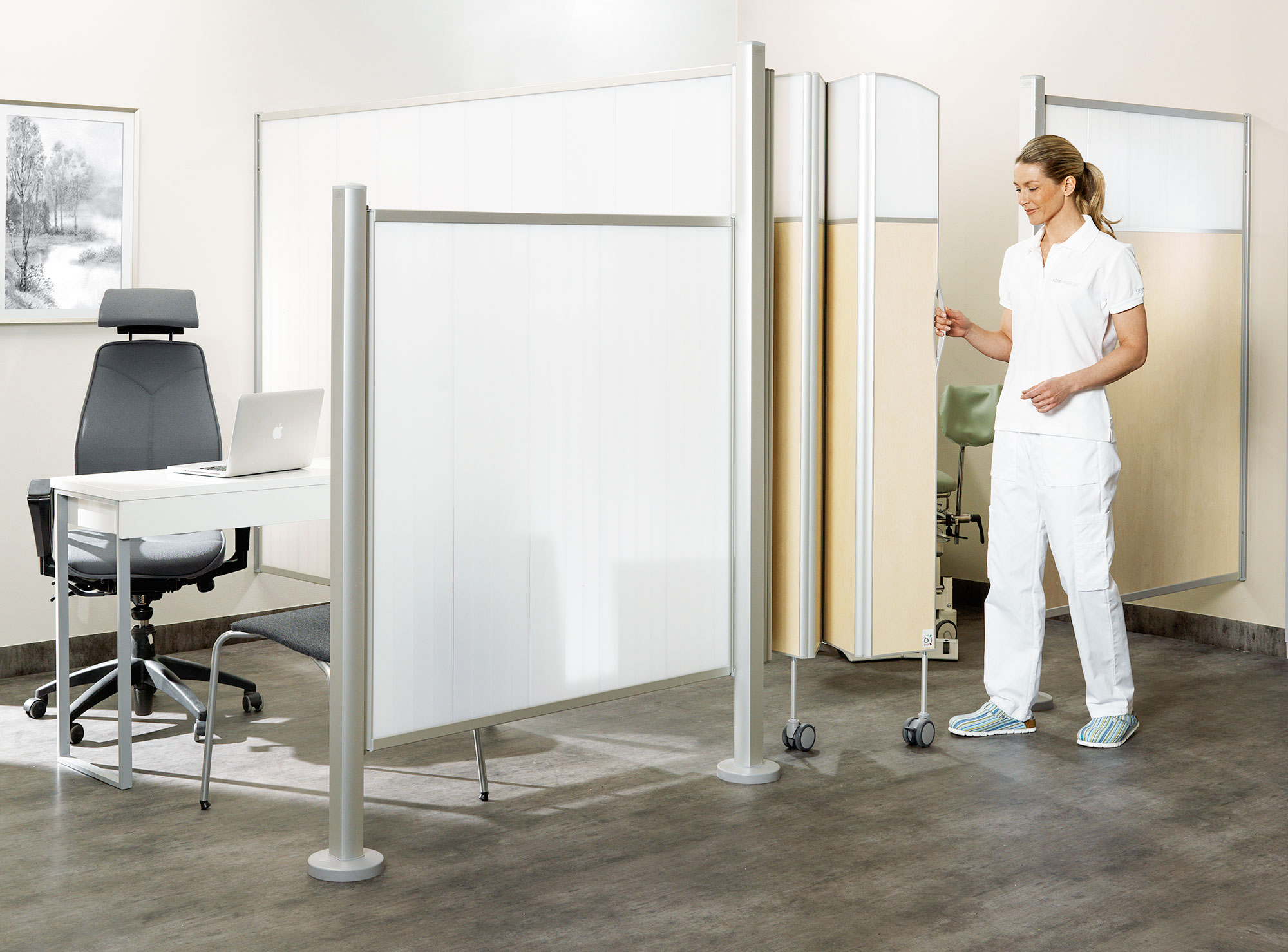Promoting Patient Comfort with Room Divider Panels in Modern Health Centres

Modern health centres prioritise patient comfort as much as clinical efficiency. From calming interior design to adaptive spaces, every detail matters in creating a welcoming and supportive environment. Among these design elements, the integration of wooden room divider panels has emerged as a subtle yet powerful way to balance functionality, privacy, and aesthetics in healthcare settings.
Redefining Comfort Through Space and Privacy
Comfort in healthcare is not limited to temperature or seating—it extends to emotional well-being and a sense of personal space. Patients often feel anxious or vulnerable in open or crowded areas. Room divider panels address this by creating visual and acoustic separation without making spaces feel confined.
In waiting rooms, for instance, panels can divide seating zones for families, individuals, or special-care patients, providing comfort and discretion. In recovery wards or physiotherapy zones, they offer privacy while maintaining air circulation and staff visibility, creating a reassuring balance between openness and security.
The Aesthetic and Psychological Impact
The ambience of a healthcare environment plays a vital role in patient recovery and mood. Wooden finishes, in particular, evoke warmth, natural calm, and familiarity—qualities that sterile interiors often lack. Incorporating wood-textured or neutral-toned divider panels helps soften the clinical feel of health centres, fostering a more restorative atmosphere.
The texture and tone of wood have been linked to reduced stress and improved emotional well-being. Patients perceive such environments as more human and less mechanical. This subtle psychological comfort can contribute to better cooperation, satisfaction, and even faster recovery outcomes.
Flexible Design for Modern Healthcare Needs
Health centres today must accommodate a wide range of activities—consultations, diagnostics, group therapy, and family visits. Traditional fixed walls limit flexibility, whereas modular divider panels adapt easily to evolving needs.
Portable or retractable partitions can transform a large multipurpose hall into smaller, private areas within minutes. This agility supports various care scenarios, from confidential consultations to emergency triage setups. The ability to reconfigure spaces without major renovations not only enhances functionality but also reduces operational costs.
Hygiene and Maintenance Considerations
In any healthcare setting, cleanliness is paramount. Modern divider panels are designed with materials that resist moisture, stains, and bacteria. Laminated wood surfaces or treated veneers ensure they remain hygienic and easy to sanitise.
Smooth edges, minimal joints, and durable finishes make them practical for daily cleaning routines, while some designs include antimicrobial coatings for added protection. By combining hygiene with elegance, these panels meet both safety regulations and aesthetic expectations.
Enhancing Acoustic Comfort
Noise pollution can heighten stress and discomfort among patients and staff alike. The strategic placement of room divider panels helps absorb and redirect sound, creating calmer environments for consultations, rest, or reflection.
In open-plan waiting areas or shared wards, acoustic panels significantly lower ambient noise from foot traffic and equipment. This reduction in sound levels fosters a sense of peace, allowing patients to rest better and clinicians to concentrate more effectively.
Supporting Sustainable Design Goals
Sustainability is increasingly central to healthcare architecture. Many modern divider systems are manufactured from responsibly sourced wood or recycled materials, supporting eco-friendly design principles.
By opting for long-lasting, reusable partitions instead of short-term construction solutions, health centres reduce waste and carbon impact. The combination of durability, recyclability, and natural materials reflects a growing commitment to environmental and social responsibility within the healthcare sector.
Integrating Technology and Functionality
Contemporary divider panels are no longer just static barriers—they can integrate practical features such as lighting, storage, or even smart glass technology for instant opacity control. Some include built-in hooks, shelves, or screens to support clinical tasks or educational displays.
This adaptability ensures that design enhancements never come at the cost of efficiency. When carefully planned, divider systems support both the technological and emotional needs of modern healthcare spaces.
Creating a Healing Environment
Ultimately, the aim of using divider panels is to nurture a healing environment where patients feel respected, secure, and valued. Thoughtful interior design contributes to this sense of care, complementing the efforts of medical staff.
Whether separating treatment areas, defining family zones, or adding a touch of warmth to a rehabilitation suite, room divider panels can transform sterile halls into places of comfort and dignity. Their blend of aesthetics, practicality, and emotional impact makes them an essential element in designing compassionate healthcare spaces.
Conclusion
Patient comfort is central to quality healthcare, and the design of the physical environment plays a crucial role in achieving it. Room divider panels—especially those featuring natural finishes—embody the balance between privacy, flexibility, and serenity. By embracing these adaptable design solutions, health centres can create interiors that are not only efficient but also profoundly human—spaces where healing begins the moment one walks in.




